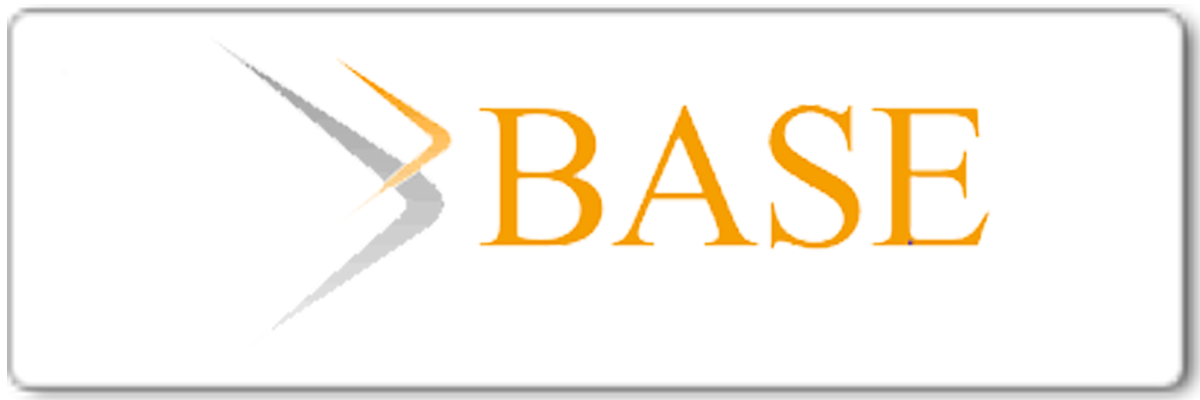Development Of Physics Learning Media PHY-ART (Physics With Augmented Reality Technology) To Empower Student’s Laboratory Skills
Abstract
Keywords
Full Text:
PDF (English)References
Fjeld, M., & Voegtli, B. M. (2002, October). Augmented chemistry: An interactive educational workbench. In Proceedings. International Symposium on Mixed and Augmented Reality (pp. 259-321). IEEE.
Cieutat, J. M., Hugues, O., Ghouaiel, N., & Bottecchia, S. (2011, October). Une pédagogie active basée sur l'utilisation de la Réalité Augmentée Observations et expérimentations scientifiques et technologiques, Apprentissages technologiques. In Journées de l'Association Française de Réalité Virtuelle, Augmentée et Mixte et d'Interaction 3D.
Neumann, U., & Majoros, A. (1998, March). Cognitive, performance, and systems issues for augmented reality applications in manufacturing and maintenance. In Proceedings. IEEE 1998 Virtual Reality Annual International Symposium (Cat. No. 98CB36180) (pp. 4-11). IEEE.
Manuri, F., & Sanna, A. (2016). A survey on applications of augmented reality. ACSIJ Advances in Computer Science: an International Journal, 5(1): 18-27.
Watson, R., Prieto, T., & Dillon, J. S. (1995). The effect of practical work on students' understanding of combustion. Journal of Research in science teaching, 32(5): 487-502.
Klopfer, E., & Squire, K. (2008). Environmental Detectives—the development of an augmented reality platform for environmental simulations. Educational technology research and development, 56: 203-228.
Chen, Y., Wang, Q., Chen, H., Song, X., Tang, H., & Tian, M. (2019, June). An overview of augmented reality technology. In Journal of Physics: Conference Series (Vol. 1237, No. 2, p. 022082). IOP Publishing.
Milgram, P., & Kishino, F. (1994). A taxonomy of mixed reality visual displays. IEICE TRANSACTIONS on Information and Systems, 77(12): 1321-1329.
Azuma, R., Baillot, Y., Behringer, R., Feiner, S., Julier, S., & MacIntyre, B. (2001). Recent advances in augmented reality. IEEE computer graphics and applications, 21(6): 34-47.
Thomas, P. C., & David, W. M. (1992, January). Augmented reality: An application of heads-up display technology to manual manufacturing processes. In Hawaii international conference on system sciences (Vol. 2). ACM SIGCHI Bulletin.
Ottander, C., & Grelsson, G. (2006). Laboratory work: the teachers' perspective. Journal of Biological Education, 40(3): 113-118.
Hake, R. R. (1999). Analyzing change/gain scores. AERA-D-American educational research association’s division, measurment and research Methodology: Dept. Of Physics Indiana University.
DOI: http://dx.doi.org/10.26737/jipf.v8i2.3730
Refbacks
- There are currently no refbacks.
Copyright (c) 2023 Yoggi Prastya Batulieu

This work is licensed under a Creative Commons Attribution-NonCommercial 4.0 International License.
Publisher
Institute of Managing and Publishing of Scientific Journals
STKIP Singkawang
Jl. STKIP, Kelurahan Naram, Kecamatan Singkawang Utara, Kota Singkawang, Kalimantan Barat, Indonesia
Website: http://journal.stkipsingkawang.ac.id/index.php/JIPF
Email: [email protected]
JIPF Indexed by:
Copyright (c) JIPF (Jurnal Ilmu Pendidikan Fisika)
ISSN 2477-8451 (Online) and ISSN 2477-5959 (Print)































